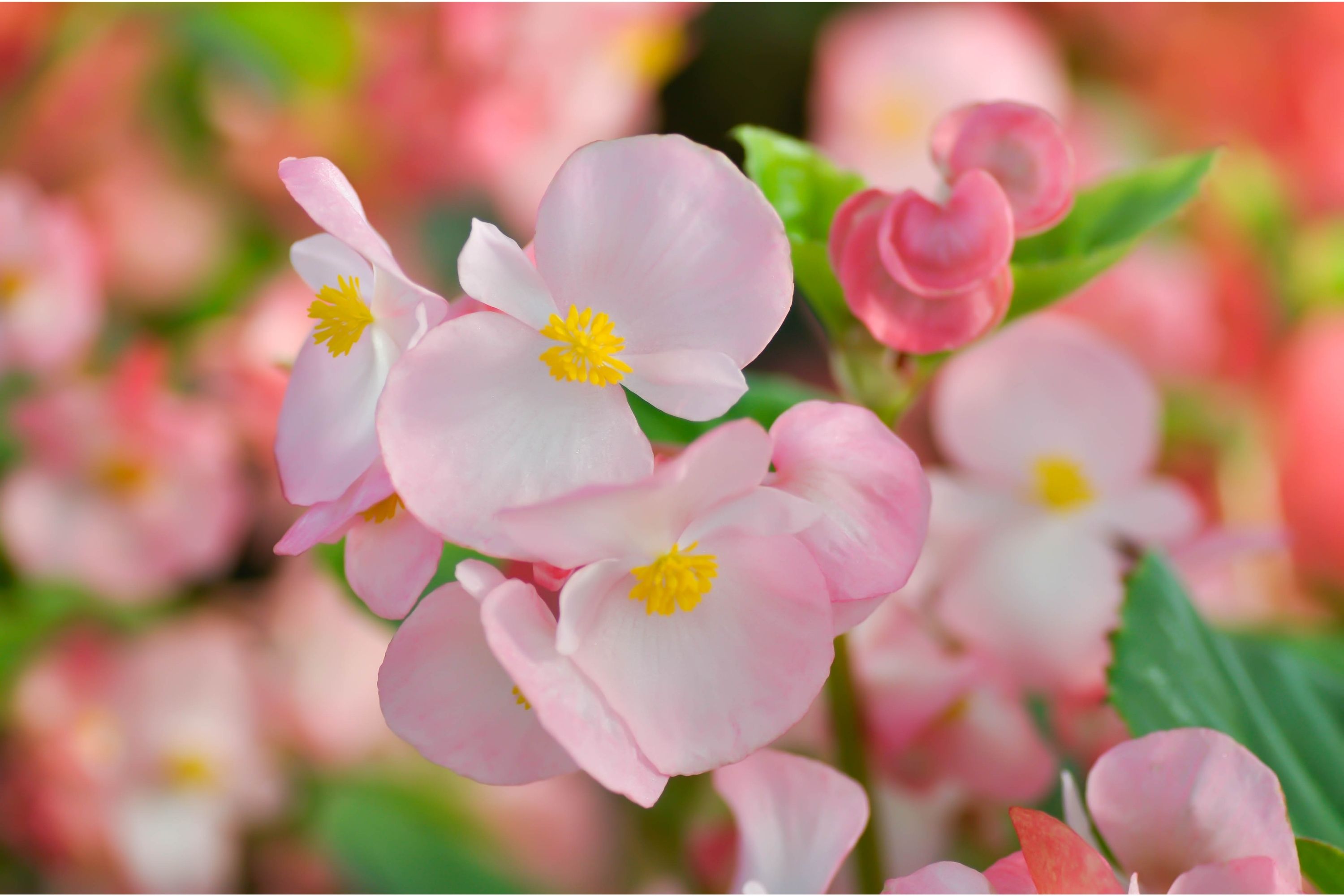Cane begonia
(Begonia aconitifolia)

Description
Begonia aconitifolia, commonly known as the Begonia Aconite-leafed, is a species of flowering plant that belongs to the Begoniaceae family. The plant is native to the tropical regions of Southeast Asia, specifically Malaysia, and Thailand, where it grows naturally in the understory of rainforests. It is a perennial, evergreen plant that can reach up to 60 cm in height and 30 cm in width, with a mounding growth habit. In this article, we will dive into the morphology, cultivation requirements, and other characteristics of the Begonia Aconite-leafed, providing insights into its beauty and care. Morphology The Begonia aconitifolia plant has a unique leaf shape that resembles that of the aconite plant, hence its common name. The leaves are asymmetrical and have a deeply lobed, almost tripartite structure, giving the plant a delicate and intricate appearance. They are bright green in color, with a velvety texture on the top side, and a red-tinged underside. The petioles of the plant are long and slender and connect the leaves to the main stem. The Begonia Aconite-leafed produces small flowers that bloom in clusters at the end of slender stems that emerge from the leaf axils. The flowers are usually white or pink, with a yellow center, and have a waxy texture. The plant typically flowers during the summer months, from June to September, but can flower sporadically throughout the year. Cultivation Requirements Begonia Aconite-leafed is a plant that is best grown in shaded areas, as it prefers filtered light to direct sunlight. The plant requires well-draining soil that is rich in organic matter, with a pH between 5.5 and 6.5. The soil should also be kept consistently moist but not waterlogged, as the plant does not tolerate dry soil. Begonia Aconite-leafed is a tropical plant that prefers warm temperatures, with a minimum temperature of 15°C. It is also sensitive to cold temperatures and frost, which can damage the leaves and stems. Propagation The Begonia Aconite-leafed can be propagated through stem cuttings or leaf cuttings. To propagate through stem cuttings, take a 5-10cm long cutting from a healthy stem, remove the leaves from the bottom half of the stem, and plant it in a well-draining soil mix. Keep the soil moist and place the cutting in a shaded area until it has rooted and established. To propagate through leaf cuttings, take a healthy leaf and cut it into several pieces, making sure each piece has a portion of the leaf vein attached. Plant the leaf cuttings in a well-draining soil mix and keep the soil moist. Place the cuttings in a shaded area until they have rooted and established. Pests and Diseases Begonia Aconite-leafed is susceptible to a range of pests and diseases, including mealybugs, spider mites, and powdery mildew. To prevent and treat pest and disease problems, it is essential to maintain good plant hygiene, keeping the plant clean and free from debris. Regularly inspect the plant for signs of infestation or disease and treat promptly if detected. Conclusion Begonia Aconite-leafed is a unique and beautiful plant that adds an elegant touch to any garden or indoor space. With its delicate and intricate leaf structure, it is a true beauty to behold. Proper cultivation and care are essential to keep the plant healthy and thriving, providing you with many years of enjoyment.
Taxonomic tree:







